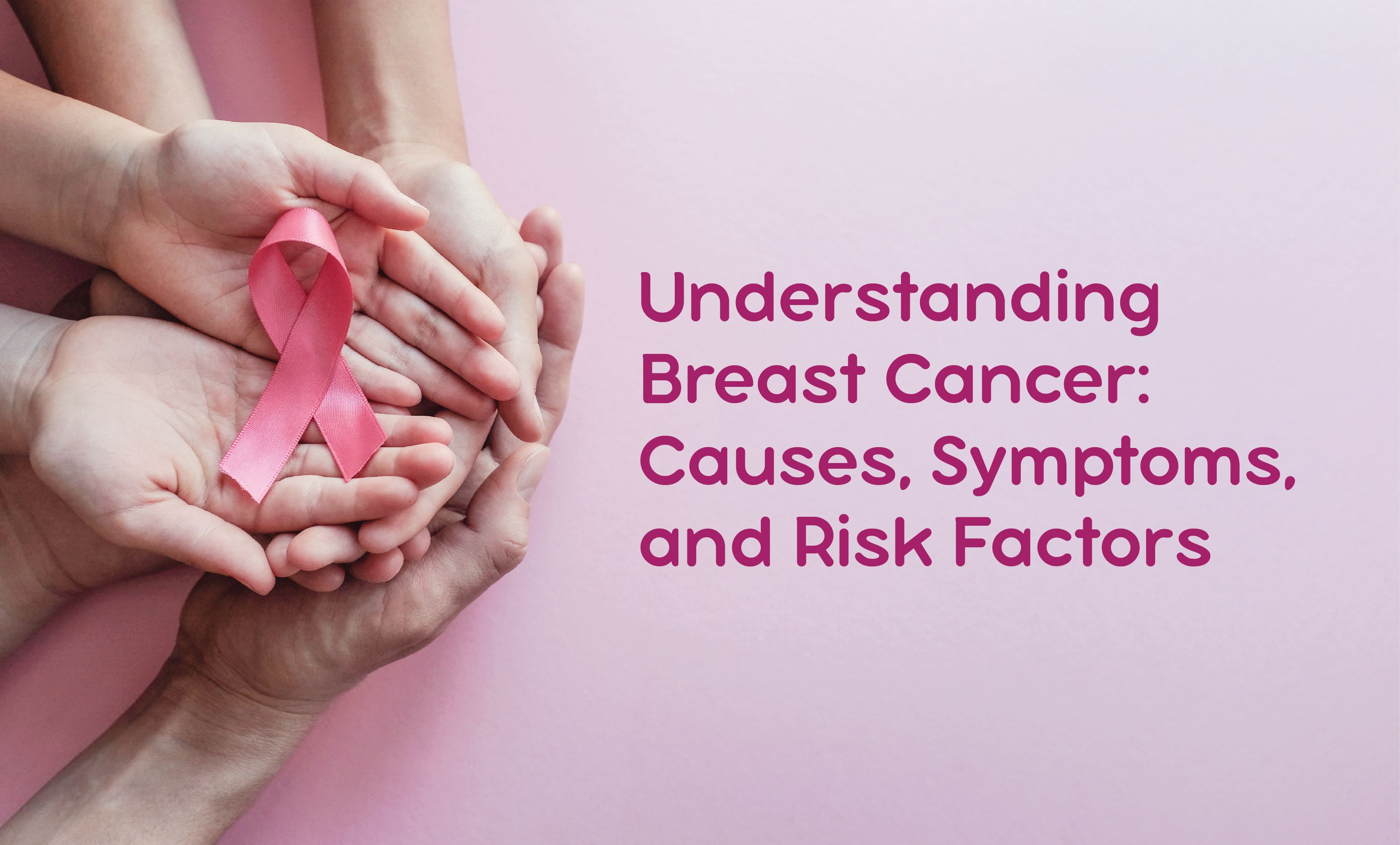
Breast cancer is a type of cancer that develops in the cells of the breast. It is one of the most common types of cancer among women, but it can also affect men. Understanding the causes, symptoms, and risk factors of breast cancer is crucial for early detection and effective treatment.
It's important to note that having one or more of these risk factors does not guarantee that an individual will develop breast cancer. Regular screenings, self-examinations, and maintaining a healthy lifestyle can help